Retro Replay Review
Gameplay
Mars Saga places you in the boots of a stranded space jockey on a frozen frontier outpost, and the moment-to-moment gameplay captures that sense of isolation perfectly. Exploration is handled in a first-person perspective with a small top‐down map in the corner, giving you a keen feeling of being lost on a vast, uninhabitable world. Every winding cavern corridor or battered Martian ruin begs to be investigated, and the reward for your curiosity often comes in the form of new gear, hidden lore, or valuable NPC companions.
The turn‐based combat system unfolds on a separate top‐down grid, where positioning and line of sight truly matter. You can toggle between direct player control or let the AI handle battles for you, and this flexibility adds significant replay value. With 21 distinct skills—ranging from Stealth and Lockpicking to Laser Weaponry and Survival—you’re encouraged to experiment with different party compositions. Leveling up feels impactful, as each stat point or skill improvement opens new tactical possibilities or alternate dialogue paths.
Party management is a core pillar of Mars Saga’s loop: recruiting NPCs from seedy frontier taverns, abandoned mining camps, and even the occasional scientific outpost. Each character brings unique proficiencies that can make or break difficult encounters. Balancing a healer, melee specialist, and ranged fighter becomes a real puzzle when you factor in inventory weight, skill synergies, and the ever-looming threat of running low on oxygen supplies.
The pacing occasionally swings from methodical exploration to rapid‐fire firefights, but that variance keeps you on your toes. Resource scarcity—ammo, med-gel, even fuel for your rover—adds a survival‐horror edge to what might otherwise be a standard CRPG romp. Overall, the gameplay strikes a satisfying balance between challenging strategy and rewarding discovery.
Graphics
Given its roots as an early Westwood title, Mars Saga’s visuals are a product of late‐’80s PC hardware, with a modest EGA palette that renders the environment in stark, contrasting colors. The first‐person corridors can feel claustrophobic thanks to the limited color depth, but that very limitation fosters a palpable tension as you inch forward into the unknown. Exterior vistas of Mars’s rust‐colored dunes or the shimmering ice fields of Titan (as hinted in the opening narrative) carry an austere beauty despite chunky pixelation.
The top‐down combat screens deploy simple but serviceable sprites for both characters and enemies. While animation frames are minimal, each weapon discharge and melee slash is clearly communicated, ensuring you always know when a foe is down or when your laser pistol misfires. The small status line below the action keeps tabs on health, energy, and morale, though newcomers may need a few battles to get comfortable with the UI layout.
Character portraits and town maps are functional, if unremarkable, but they capture the gritty, frontier aesthetic well. NPCs have distinct faces—often expressed in just a handful of pixels—and dusty uniform colors that reflect their backstories, whether they’re hardened mercenaries or idealistic scientists. It’s a style that feels timeless in its simplicity, offering nostalgia for retro RPG fans without sacrificing clarity.
While today’s gamers might find the visuals primitive, there’s charm in the rough edges. Each flickering pixel and static screen load reminds you of the ingenuity required to create immersive worlds under tight hardware constraints. For collectors or enthusiasts of classic CRPGs, Mars Saga’s graphics are a feature, not a bug.
Story
The narrative hook couldn’t be more straightforward: you’re marooned on Saturn’s icy moon, Titan, with only scraps of equipment and a fragile hope of escape. Rumor has it that an ancient lost city holds the key to commandeering a vessel capable of interplanetary travel. Your mission is simple in concept but sprawling in execution: assemble a capable team and unearth the secrets of this buried metropolis.
As you roam settlement hubs, abandoned outposts, and the desolate Martian plains, the tale unfolds in bits and pieces through NPC dialogue, computer terminals, and recovered journals. You encounter competing factions—scientists obsessed with unlocking alien technology, corporate mercenaries hunting for profit, and indigenous dwellers with their own agendas. These encounters add moral weight to your choices: will you broker peace, play all sides, or simply carve your own path to victory?
Quest lines are layered, with major story beats punctuated by side missions that flesh out the world. Whether you’re rescuing a kidnapped prospector or unraveling the mystery of a vanished exploration team, each subplot ties back into the core theme of survival and discovery. While some dialogue can feel a touch stilted by modern standards, the overarching narrative remains compelling enough to carry you through the game’s slower stretches.
Mars Saga doesn’t rely on cinematic cutscenes or voice acting; instead, it trusts your imagination to fill in the blanks. This minimalist approach gives the story a certain Mystique—no pun intended—and allows you to become the protagonist of your own frontier saga.
Overall Experience
Mars Saga is a trip back to the roots of PC role‐playing, where resource management, exploration, and strategic combat are king. Its deliberate pacing, marked by tense scavenging runs and careful leveling, rewards patience and creative problem‐solving. Those used to modern action‐RPGs might find the learning curve steep, but veteran CRPG players will appreciate the depth hidden beneath its simple surface.
The atmosphere is its greatest strength: from the frozen wastes of Titan to the dusty red plains of Mars, every locale feels alive with danger and possibility. Recruiting a mismatched party of rogues, scholars, and soldiers fosters memorable interactions, and the choice-driven narrative ensures that no two playthroughs feel identical. Add in the option to let the AI manage battles when you’re in a hurry, and you have an experience that adapts to your preferred playstyle.
Technically, Mars Saga runs on even the most modest machines, making it an excellent choice for fans of retro gaming or those seeking a low‐barrier entry into classic RPG design. The dated graphics and text‐heavy storytelling could deter some, but they also contribute to the game’s old‐school charm. In an age of bombastic visuals and quick‐time events, Mars Saga dares to be a thoughtful, labor‐of‐love adventure.
For players willing to embrace its quirks, Mars Saga offers hours of strategic depth, atmospheric world‐building, and a sense of genuine accomplishment when you finally unearth that lost city. It’s a rewarding experience that still stands up as a testament to Westwood’s early design ethos.
 Retro Replay Retro Replay gaming reviews, news, emulation, geek stuff and more!
Retro Replay Retro Replay gaming reviews, news, emulation, geek stuff and more!
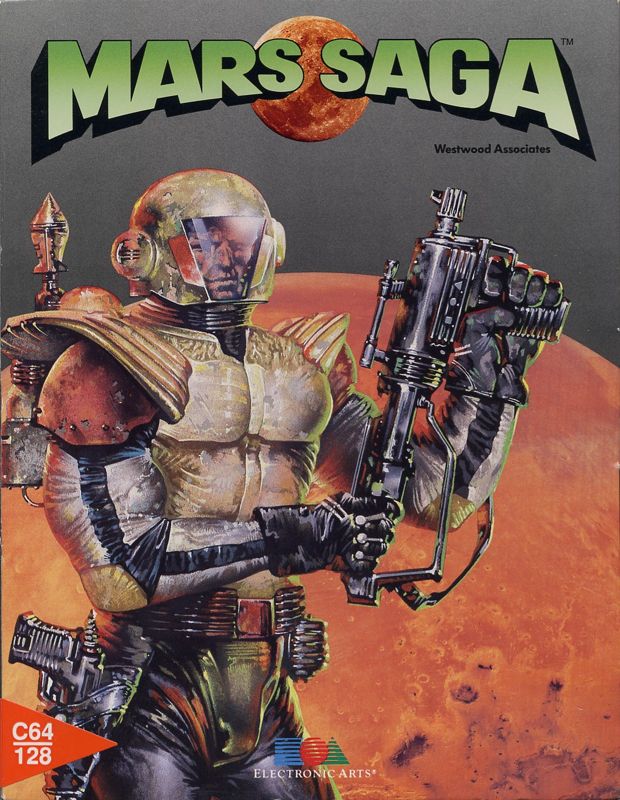
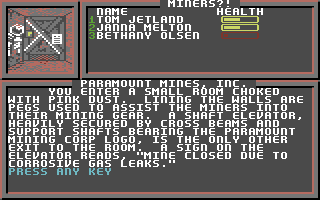
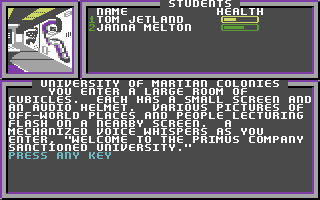
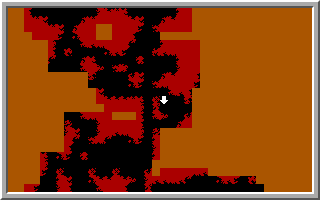
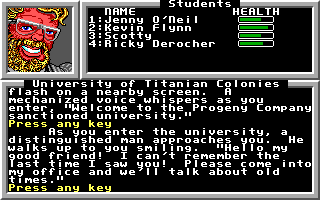
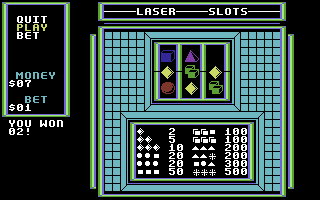



Reviews
There are no reviews yet.